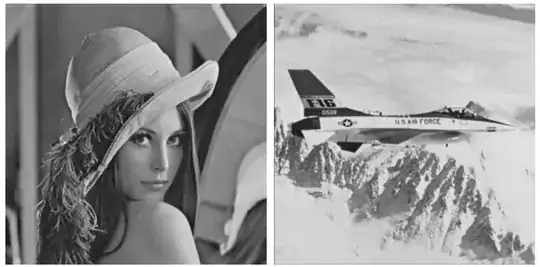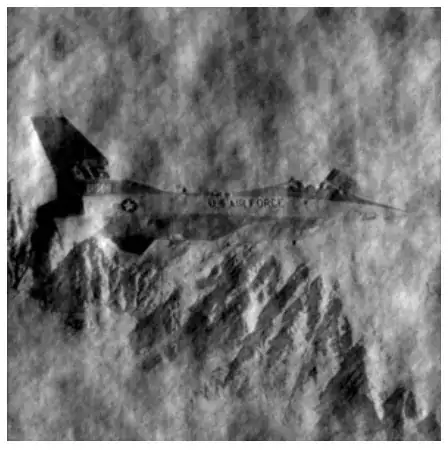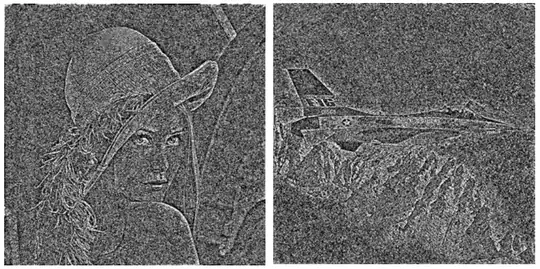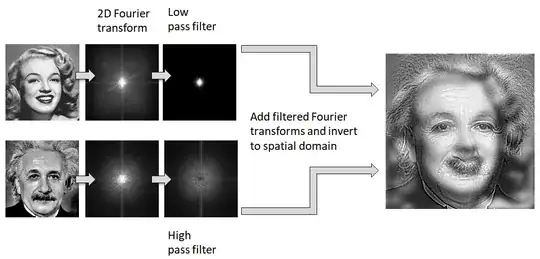In the Fourier analysis, an image is represented by frequencies and phases. This allows to filter or transform certain frequencies or phases.
For example, Alan Oppenheim and Jae Lim have shown that phases contain information about the object contours in the image. Their paper was published in 1981, so it is poorly scanned, and the images there are not clear. Better examples are in the following books:
- Danilo P. Mandic, Vanessa Su Lee Goh. Complex Valued Nonlinear Adaptive Filters (2009)
- Igor Aizenberg. Complex-Valued Neural Networks with Multi-Valued Neurons (2011)
Here is an example from the second book.
Consider two images, "Lenna" and "Airplane",

Take their Fourier transform, swap magnitudes and phases of their Fourier spectra, and then perform the inverse Fourier transform. The result is as follows.
Magnitudes from the "Airplane", and phases from the "Lenna":

Magnitudes from the "Lenna", and phases from the "Airplane":

So, the information about objects is contained mainly in the phase part of the spectra.
This is what happens when amplitudes are replaced by the constant 1:

This can be used to design algorithms for image processing.
More examples of applying Fourier transform to image processing is shown in the lectures of Guillermo Sapiro where he makes really impressive things with images of HIV: part 1, part 2. That Prof.'s algorithms were used in Mars rovers.
A very good explanation of spectral techniques is given in the book, Wilhelm Burger, Mark J. Burge. Digital Image Processing. An Algorithmic Introduction Using Java (2016).




